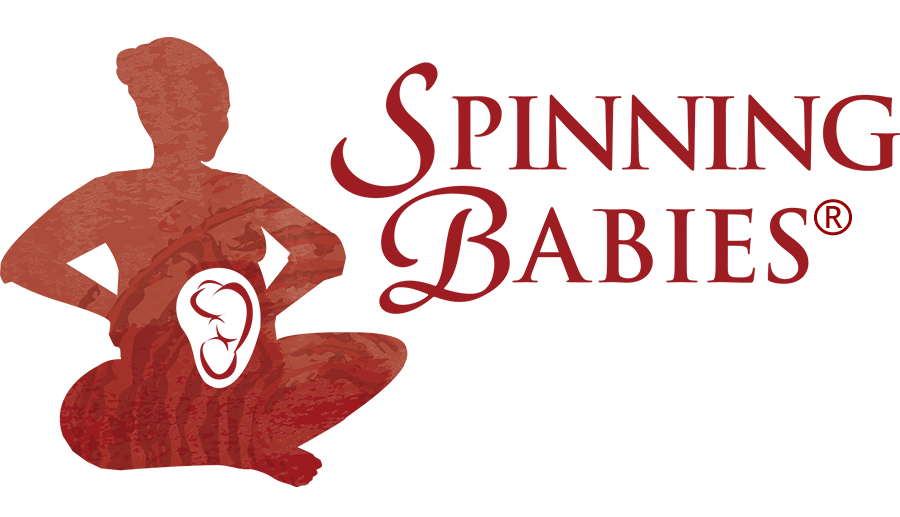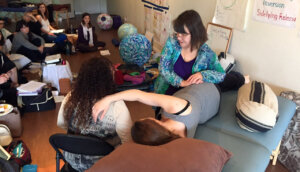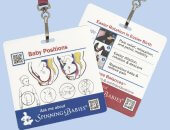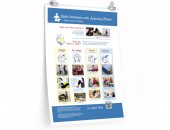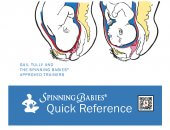You might try your Side-lying Release (SLR) in a unique way this week. After you are in the usual SLR position and have allowed a moment for release, raise your top arm over your head. As release occurs, you will get a bit more space between your ribs. Breathing deeply may feel better! See Adrienne Caldwell’s blog about SLR here.
The Breech Tilt is a widely-known inversion technique, using balance and gravity to help both breech and transverse babies move to a head-down position. It creates the best angle to back a baby away from the pelvis to allow the baby to turn. You can begin it as early as 34-35 weeks, practicing two to three times a day, and continuing it until you know baby is head down. We also have a handy eBook with a self-directed 6-day program for Helping Your Breech Baby Turn.
As always, check with your midwife or doctor to see if you have a health condition that would be worsened by doing and inversion like the Breech Tilt.
Before you begin, make sure you know what position your baby is in. Perhaps your care provider has told you. Another way to find out is through Belly Mapping®. Do not practice the Breech Tilt if your baby is already head down.
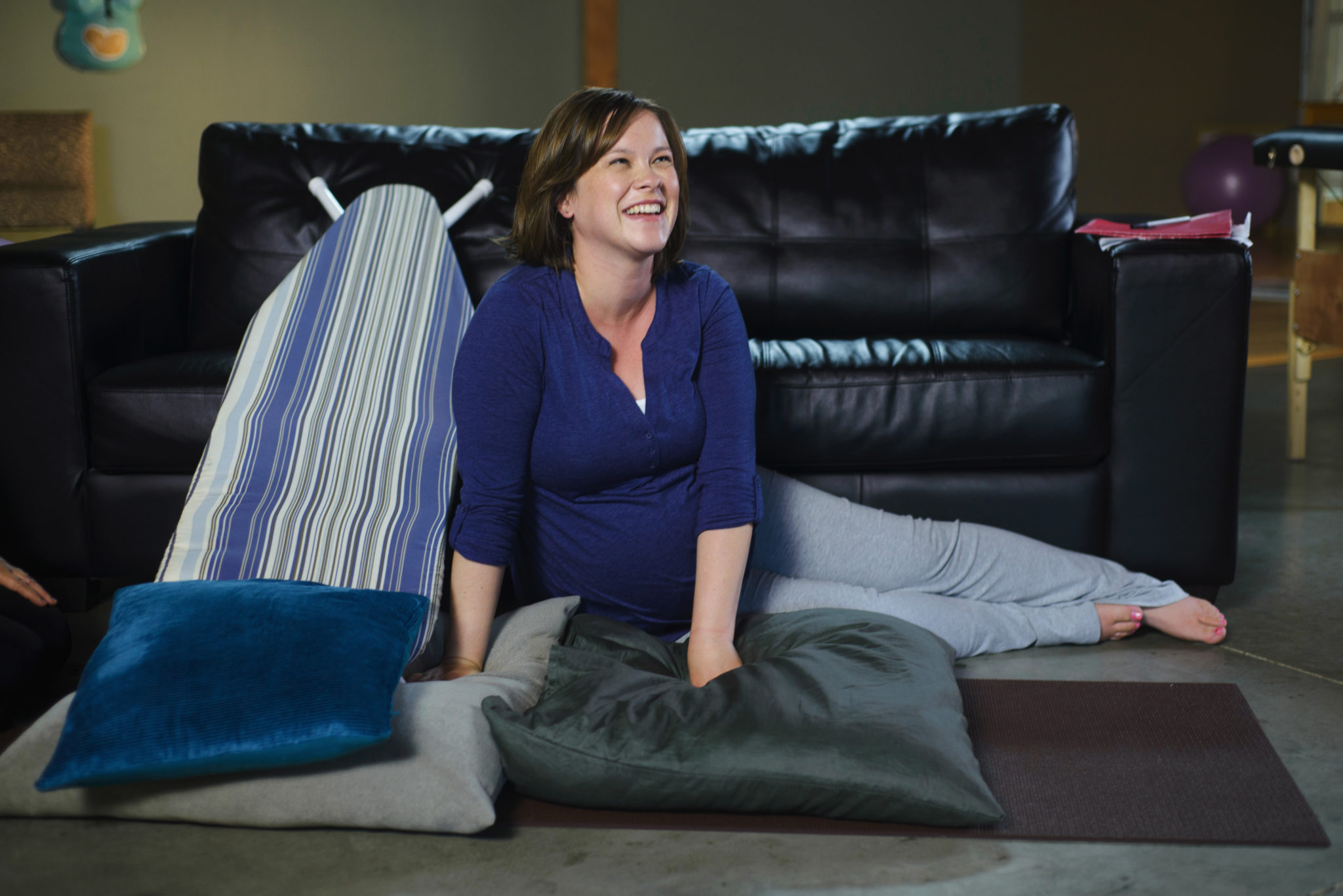
- Begin with the Forward-Leaning Inversion for 30-45 seconds. (These two inversions accomplish two different things, so doing both may be important.)
- Get a broad plank of wood, like an ironing board.
- Prop it at an angle against the couch or a chair, with pillows stuffed around the base to prevent tipping.
- Another pillow goes under your neck.
- Now the funny part: Lie on the board with your head down and feet resting on either side of the board on the couch.
- Try it a couple of times to get it right.
For turning a breech baby, remain on the board for up to 20 minutes, 3 times a day. For turning a transverse baby, stay on the board for 5-10 minutes, 2-3 times a day, then follow up with the Side-lying Release once or twice a day. Learn more about breech and transverse lie, and gain additional turning tips on SpinningBabies.com.
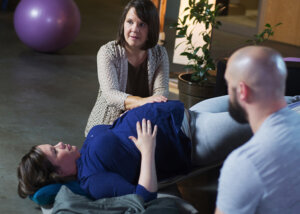
Babies usually settle into position between now and 36 weeks, though there’s still room for baby’s position to change, especially with the help of Spinning Babies® techniques. See our Timeline for Breech to see what to expect or do each week, if you find your baby is still head up. Baby weighs about 4.7 pounds and measures 17.7 inches long.
We hope you’re one of those lucky pregnant people who escape developing hemorrhoids, but if you have them, squatting helps ease strain and pressure when having a bowel movement. We like the Squatty Potty for this. Practice “Legs Up the Wall” daily (see Week 21) to reduce ankle swelling and increase circulation.
